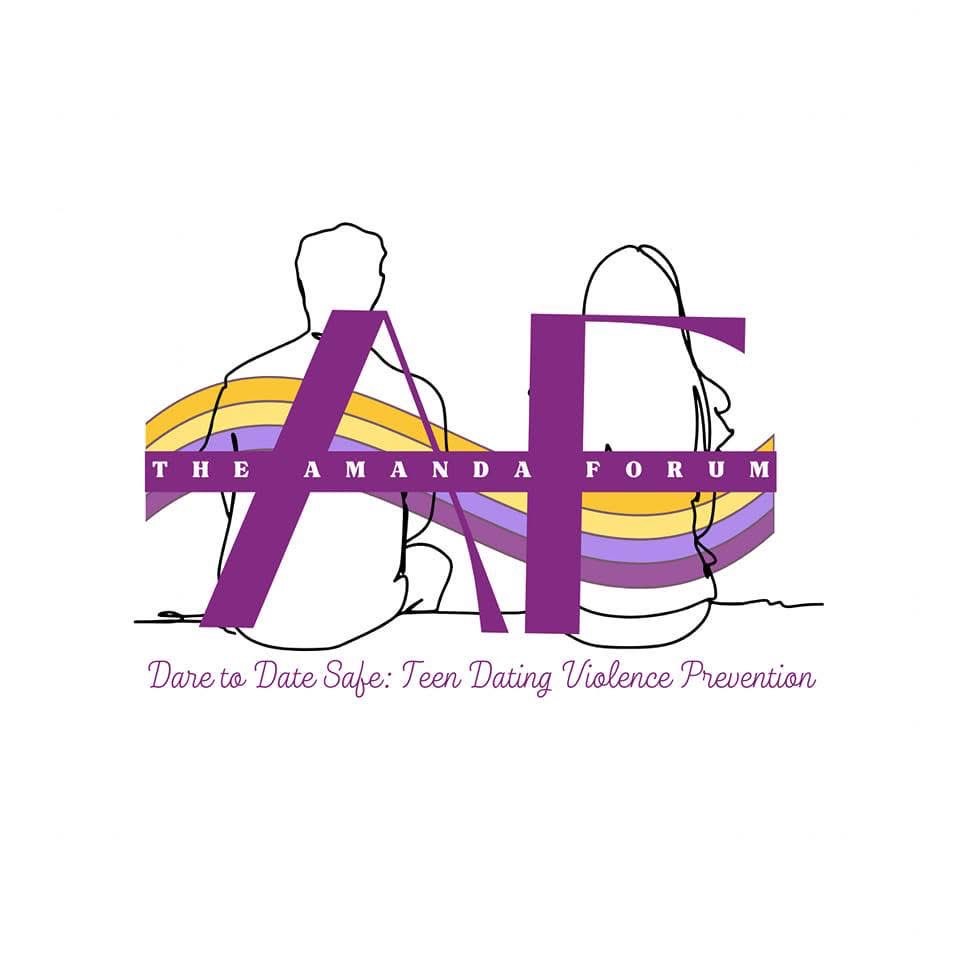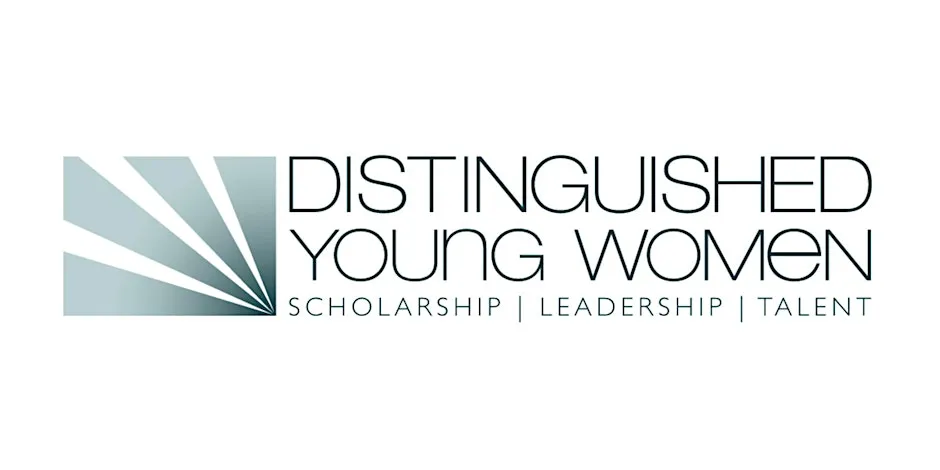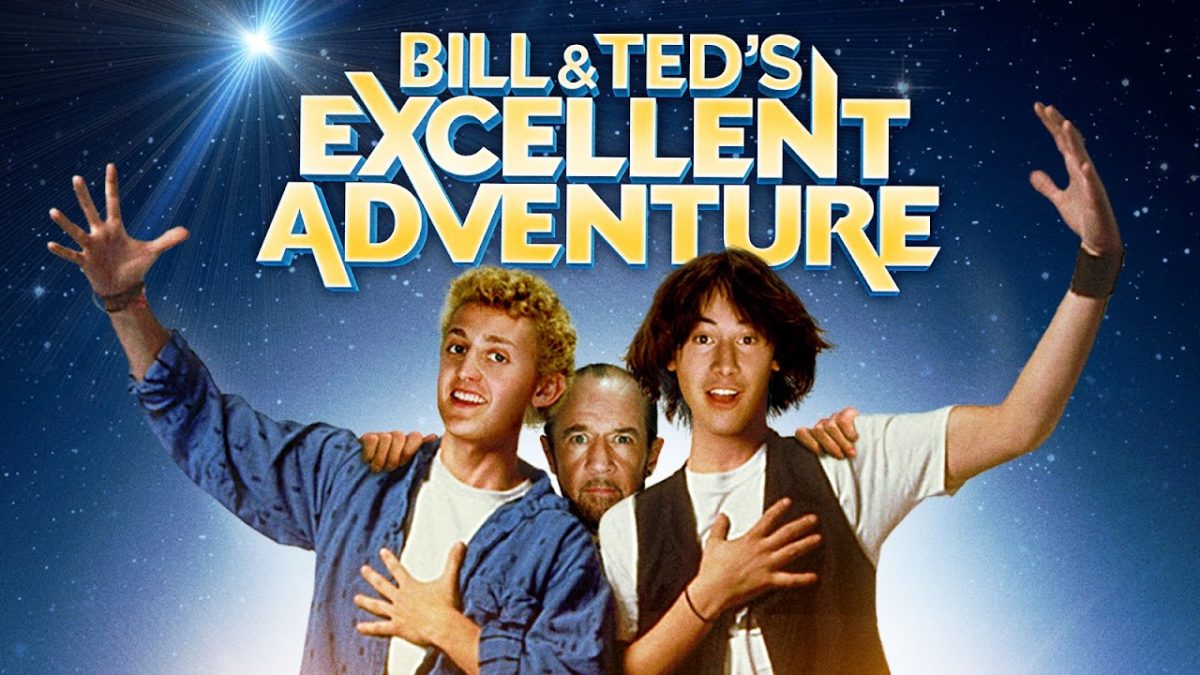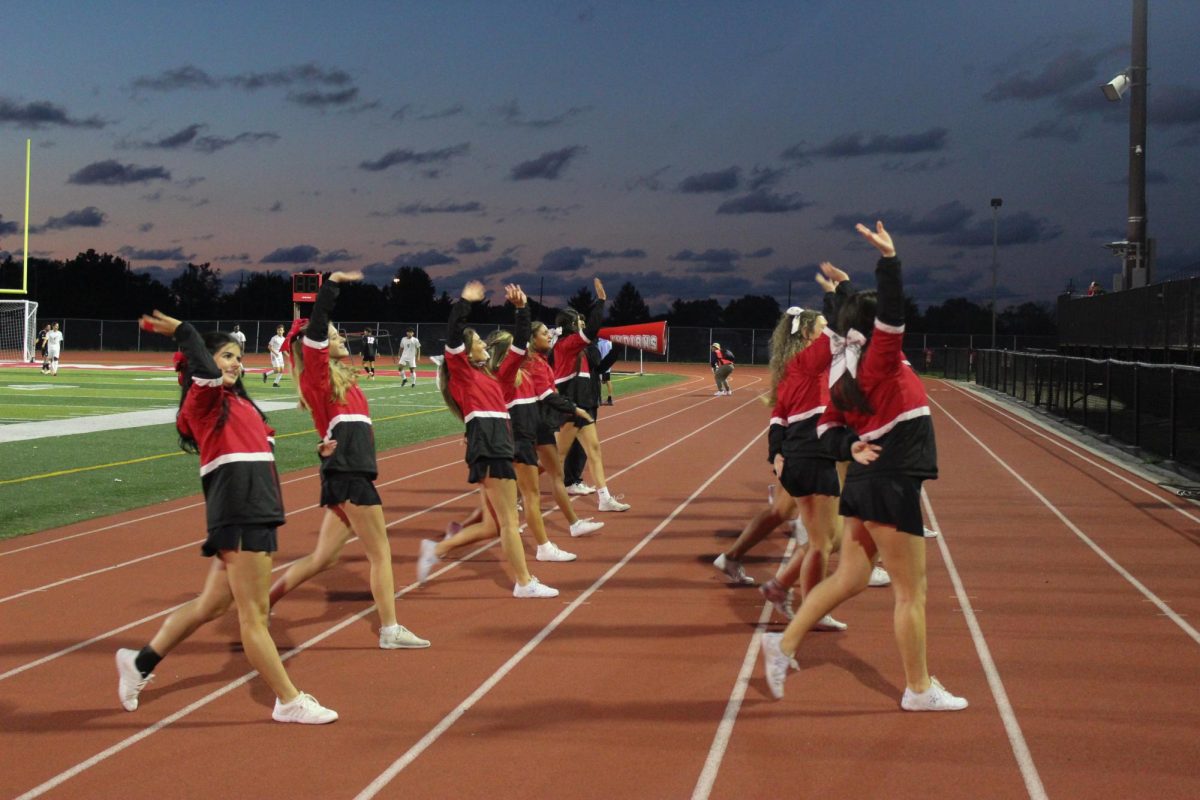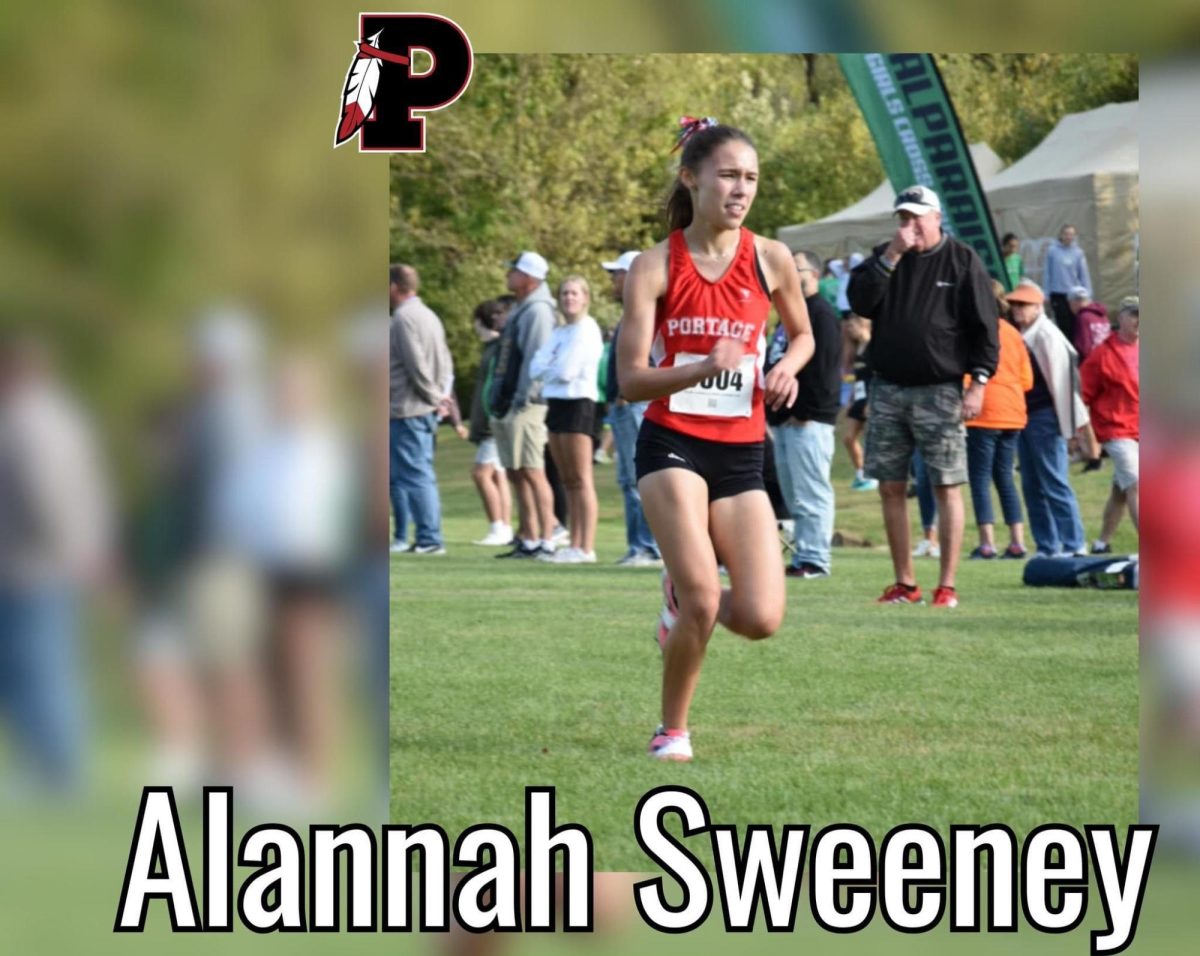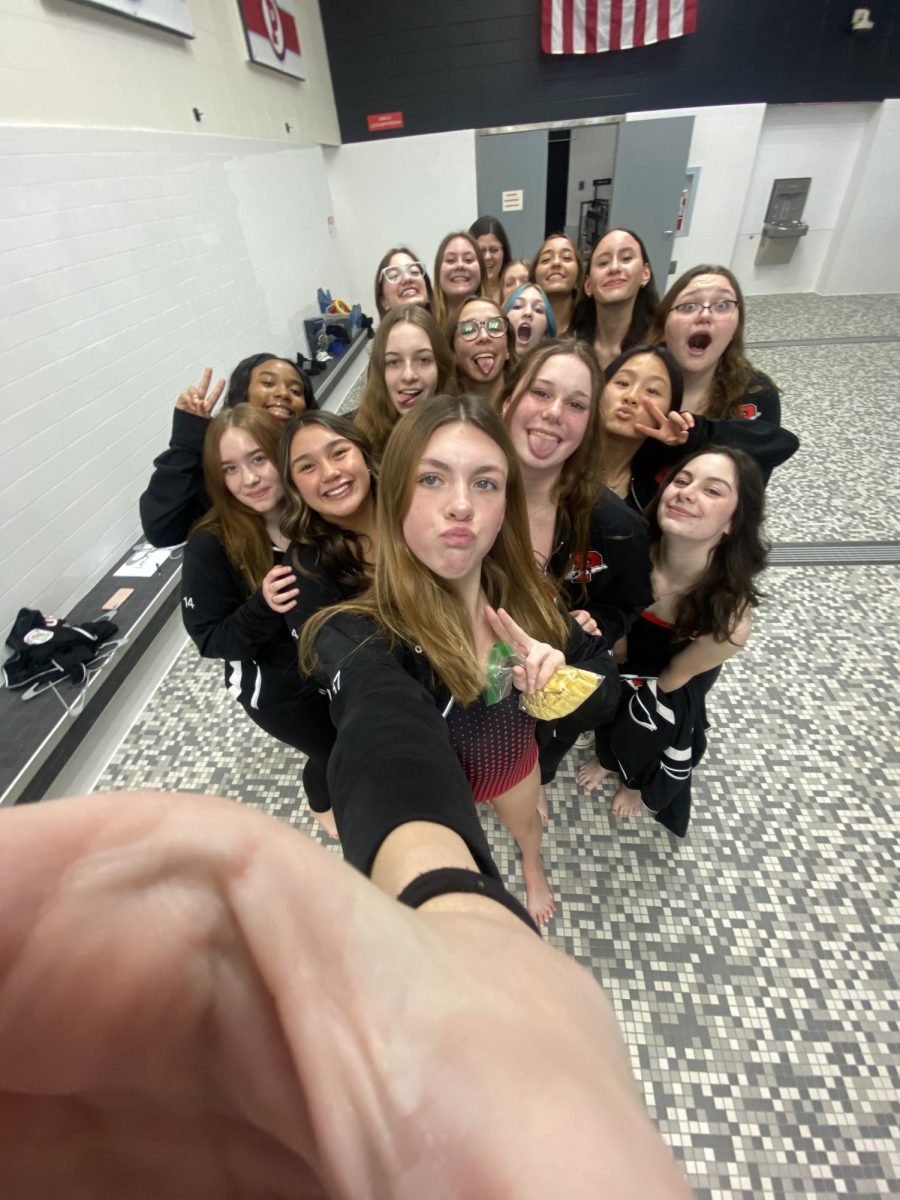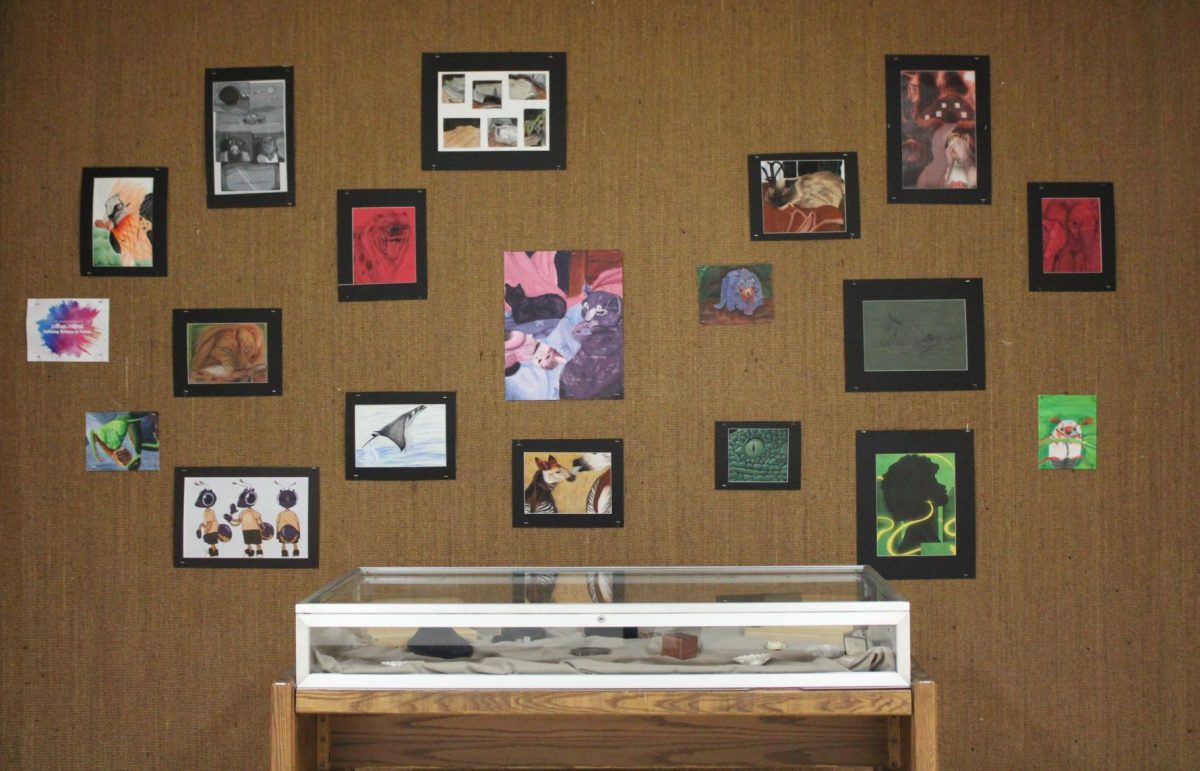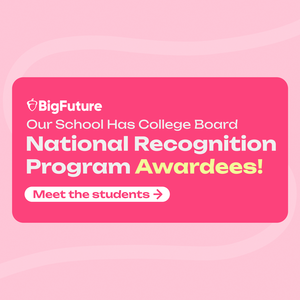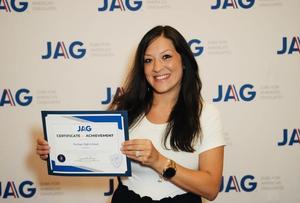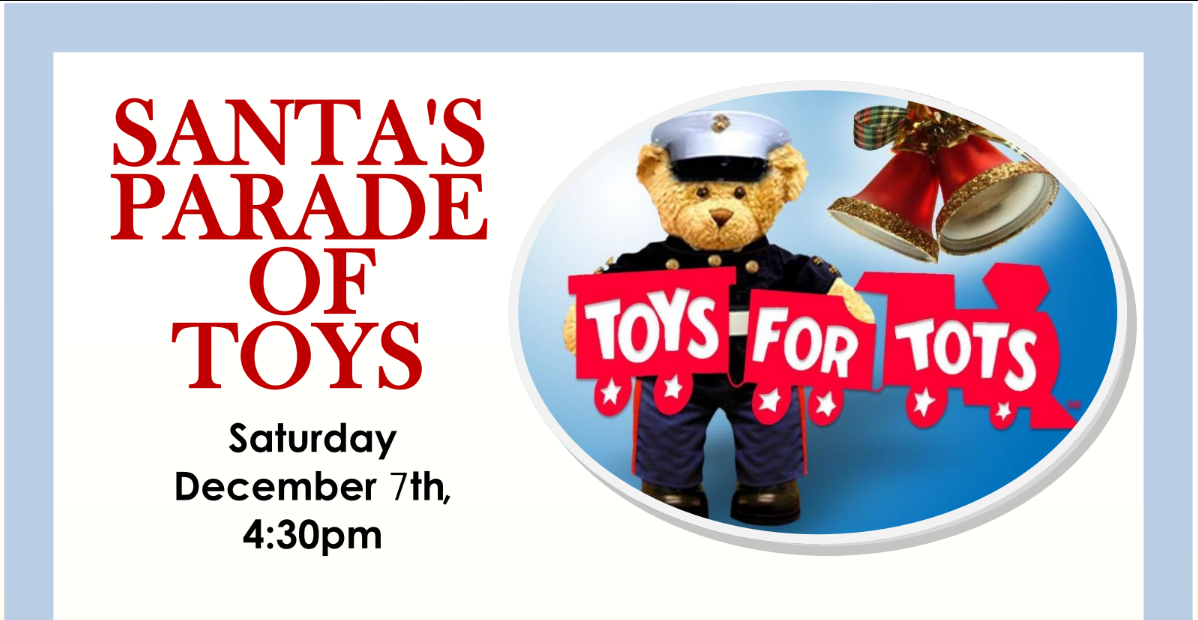For as long as Portage Township Schools has been around, the image of the “Indian” has been the source of school pride, intending to represent the ferocity and fighting spirit of the students. The logo of a scowling individual donning a red and black feather headdress has been printed on athletic uniforms, t-shirts, hallways, desktops, memorabilia cups, and even doormats. However, with increased discussions surrounding race and the appropriation of Indigenous culture, it is time for Portage to consider if the mascot truly represents its students and community.
In an anonymous survey given to the student body during their English classes, students were asked to respond to a series of questions discussing their opinion on Native American mascots, whether or not Portage’s mascot brings about feelings of school pride, and whether or not the mascot should be changed. Many of the responses agreed that Portage’s mascot was both offensive and unrepresentative of the student population.
One such response stated, “The predominant attitude and ethos behind the policies and actions of colonial and, later, USA government agents and agencies have been exceedingly exploitative of and prejudiced against indigenous peoples. Unless a team is composed of players from the groups being misrepresented by such mascots, I don’t see a good reason for keeping them.”
This student participant makes an excellent point about the misrepresentation the mascot imposes on students. In a report by the Indiana Department of Education, it is stated that only 0.2 percent of students at Portage Township Schools are reported to be of Native American descent. Meanwhile, white students make up the majority of enrollment at 52.7 percent. Logically, it does not make sense to call every student “an Indian” when most are not Native American. It perpetuates the idea that different cultures can be claimed or worn like costumes by those who do not belong to that culture, as well as reduces Native Americans to just spears and feather headdresses.
Additionally, the “Indian” is an outdated term for Indigenous Americans. According to an article by The Oklahoman, many Native Americans, such as Jake Keys of the Iowa tribe, have expressed that the term “Indian” does not properly reflect their racial identity, with most calling themselves either Native Americans, Indigenous, or simply the name of their tribe.
“That’s not a term that we created. The history of it is that (Christopher) Columbus and his people thought they were landing in India, so they called us Indian. Obviously, that’s not who we are” (McDowell-Wahpekeche).
Another participant of the survey further argues that the usage of the “Indian” dehumanizes Native Americans.
“A cultural group shouldn’t be used as an object or as if fictional. They [Native Americans] are very much real people, who still exist today and who fight for representation every day. If this school is no place for hate or discrimination, then we should not be adding to this problem.”
Many of the athletic teams and organizations at Portage High School have begun to recognize the harm in having the Indian as a mascot. For example, students would dress up in a Native American suit and mask decorated with feathers and warpaint to perform at sporting events. However, this practice has since been retired. In addition, Portage High School’s news publication Chronicle, was formerly known as Pow Wow, but changed its name in order to distance itself from the mascot and to avoid cultural appropriation. With the Indian becoming less prevalent in the school community, it makes sense to find a new mascot that can be used proudly without concerns of racism.
There are some who argue in support of the mascot, however. For instance, one of the responses in the anonymous survey fears that the removal of the mascot will further erase the history and representation of Indigenous people.
“If we change the mascot; I feel that we lose a lot of history in this school and this area,” the participant shared, “These lands were sacred and worshiped by Natives many years ago and because of the mascot, and the controversy it causes, we are remembering those who lived on the land. I’d also like to highlight the fact that many students don’t care about history any more, and I fear that their history will be long forgotten.”
While the participant makes some strong points about the importance of the mascot, it ignores the skewed picture of history that the mascot reinforces. In an article for the Associated Press, sociology professor Laurel Davis-Delano explains how Native American mascots often portray them in a negative light, as well as paint a false picture of who they were and still continue to be today.
“‘The mascots are all historic — and often inaccurate — depictions, erasing the fact Native people exist today,’ she said. And though to some the mascots can seem like positive representation on the surface, they’re adapted from a “bloodthirsty warrior” stereotype, which was historically used in a genocidal way,’ Davis-Delano said” (Schultz).
Many students have cited a letter penned by Larry Jandreau, a member of the Lower Brule Sioux tribe and a Portage High School graduate, as official permission for using the Indian as the mascot. However, when reading the letter, Jandreau gives no explicit approval, with the closest references to the mascot coming from a comparison of the district’s values to those of the tribe.
“During my time at Portage, I always had good feelings because of the positive class and school spirit. Portage gave us all a very excellent educational foundation to guide us in whatever opportunities we might encounter in our lives. As an American Indian, I had a very special appreciation for slogans and statements such as ‘together we succeed’ that expressed pride in the tribe, very real tribal values that our ancestors lived by and passed on to ensure the basic survival and unity of the tribe and to provide future generations a better quality of life. ‘Pilamaya’, pronounced ‘Pe la me ya,’ ‘Thank you’ in Lakota Sioux” (Jandreau).
Despite Jandreau’s positive response to his experiences at Portage, it is unclear whether or not he gave his permission for the Indians to be used as a mascot. Without any actual input from Native Americans, there is no reason that the district should continue to use it. Even if the district received permission, it is clear that the mascot does not truly honor Native Americans in a respectful way, only relying on stereotypes and false conceptions.
There have been some suggestions of what the mascot should be changed to. Many have suggested the cardinals, as the school colors would not have to be changed and it would represent local wildlife. Additionally, some students have suggested that the mascot should just be altered in order to honor real Native American tribes, such as changing the name to one of a local tribe.
“Portage should look to the examples of other schools that have chosen mascots based on local culture and history,” one participant suggested, “Find heroes and beauty in our community and our community’s past, and amplify that with the mascot.”
Indian mascots only dehumanize and stereotype Native Americans without honoring their real experiences and history. Replacing them with something that better represents Native American culture, or the community itself, would be the best action to take. As Portage Township Schools continues to build a community where there is “no place for hate,” the district should retire the dated and caricatural mascot.
Works Cited:
McDowell-Wahpekeche, Dacoda. “Which Is Correct? Native American, American Indian or Indigenous?” The Oklahoman, Oklahoman, 23 April 2021, www.oklahoman.com/story/special/2021/04/22/what-do-native-people-prefer-called/4831284001/?scrlybrkr=a2fb4bb1.
Schultz, Brooke. “The Debate over Native American Mascots Persists as Some Schools Reinstate the Logos.” AP News, The Associated Press, 2 February 2024, apnews.com/article/native-american-offensive-mascot-pennsylvania-tribe-chiefs-8ed8b35dd683d63e9d3e0e4b095c56cd.
“Portage Township Schools (6550): Indiana.” Indiana Department of Education, Indiana Department of Education, inview.doe.in.gov/schools/1065500000/population.


